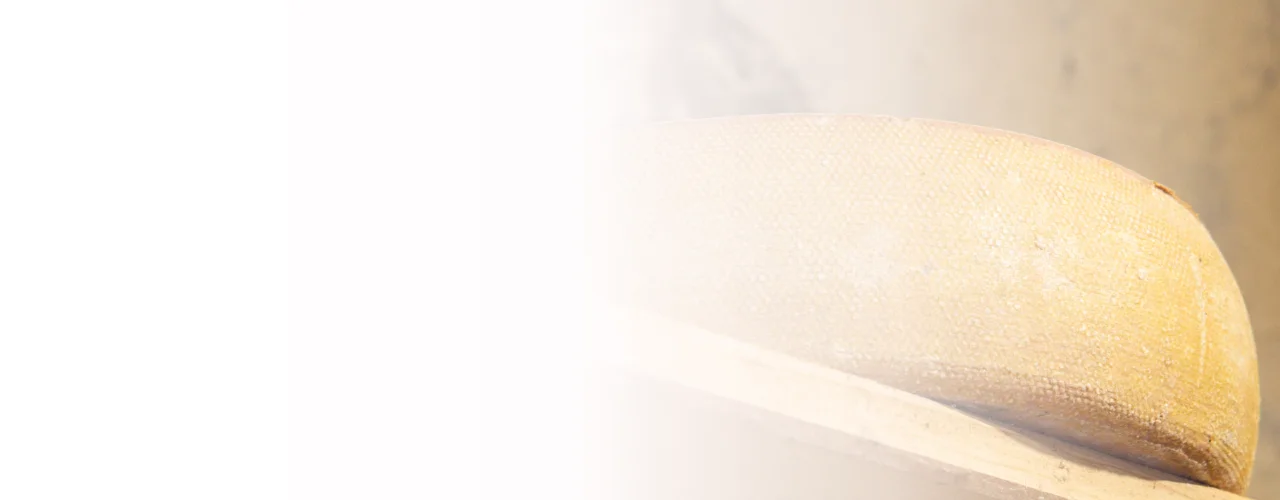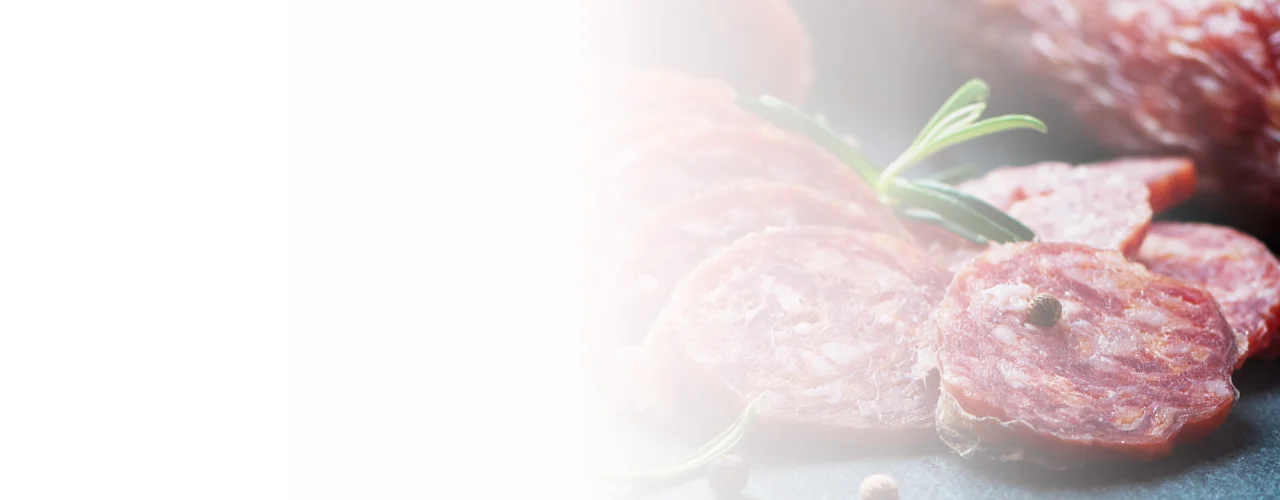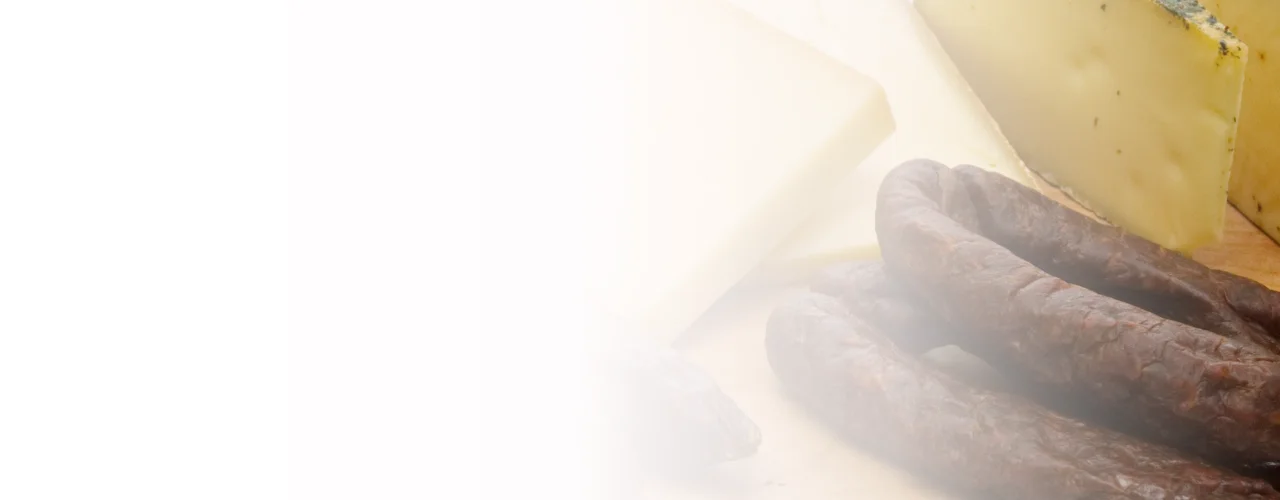How milk becomes clot ?
How the milk is made to clot
The actual process of cheese extraction begins with dewatering, the so-called thickeningThe milk is pre-acidified and thickened with the help of the rennet (calf rennet, microbial labs of bacteria or pepsin). The milk coagulates and a firmer mass forms. » More info of the milkCheese milk is the milk intended for the production of cheese, also with the concomitant use of buttermilk products, cream products, sweet whey, sour whey and whey cream (whey cream) » More info. The milk is made to clot by adding rennetNatural rennet is a mixture of the enzymes chymosin and pepsin, which is obtained from the abomasum of young ruminants in milk-drinking age. » More info or lactic acid bacteriaBacterium Linens (red culture bacteria) are brushed with salt water on the cheese. » More info.
The milk proteinCasein is a constituent of the protein (protein) of cow's milk, which is obtained for cheese production. » More info casein from the milk is felled – the basis for producing all sorts of cheese.
Winning the cheese curd
Solid and liquid milk components are separated. This results in the curdAs break (or cheese curd) is called in the dairy, the resulting material, which is formed from the milk by the addition of rennet or lactic acid to the milk breakage. » More info (as an integral part of the milk) and the liquid wheyWhey is the watery greenish-yellow liquid that results from cheese making. » More info.
- If you want to subsequently produce sweet milk cheese (Emmentaler, Camembert, etc.), take Lab.
Lab is a milk protein-cleaving enzyme found in calf stomach. Lab is added to the heated milk. The coagulation can be done only from 10 degrees and comes between 20 and 40 degrees C ° correctly. Thickening sometimes lasts only 30 minutes, but can take several hours for specialty cheeses and up to one and a half days in exceptional cases. - When using lactic acid culturesMold cultures are aroma-forming noble molds that grow on the surface (white noble mold) or inside a cheese (blue and green mold). » More info, sour milk cheese (cottage cheese, quark, etc.) is obtained.
The lactic acid bacteria reduce the milk sugarPeople with lactose intolerance can not or only insufficiently digest milk sugar (lactose or lactose). » More info to lactic acid. The lactic acid brings the casein of the milk to coagulation. This is where whey and breakage (clotted egg whites) separate.


















